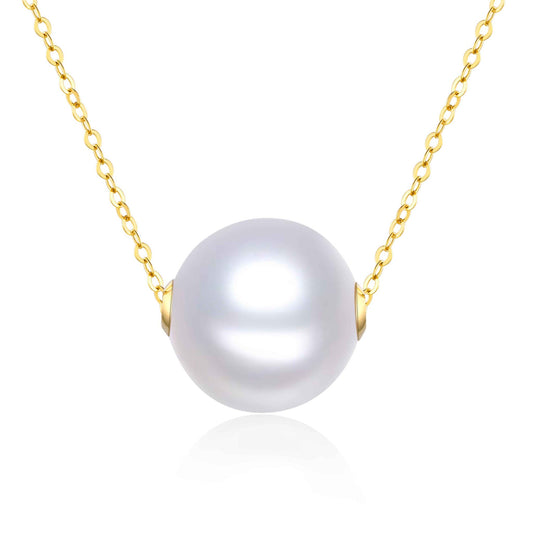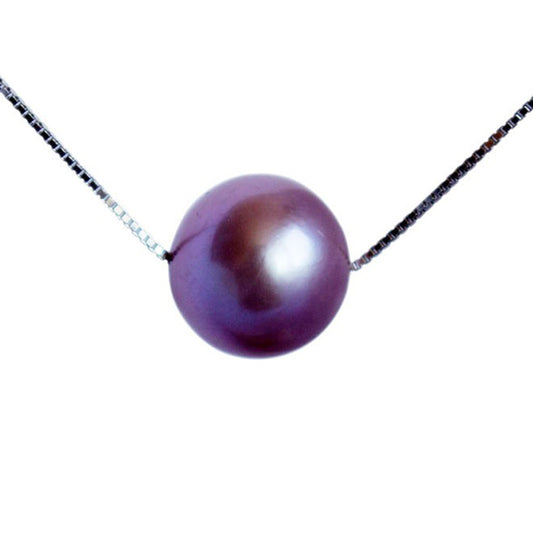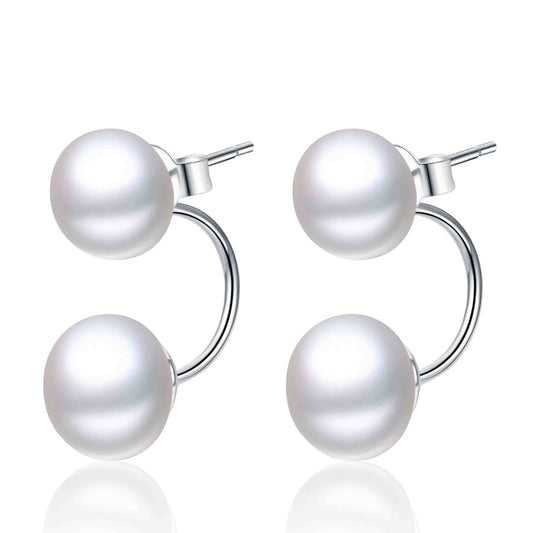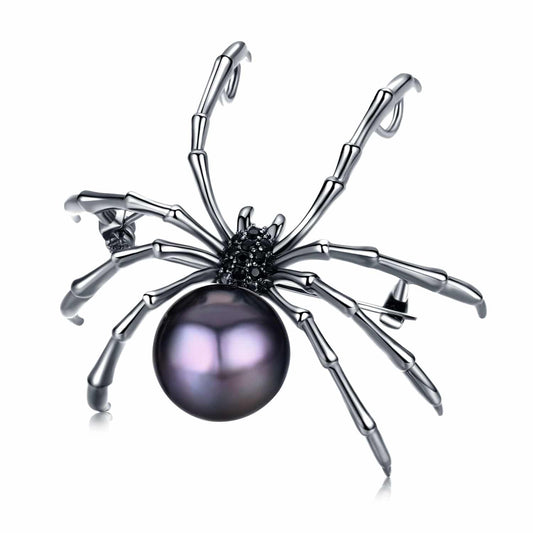From War Child, to Film Icon, to Goodwill Ambassador
Her pearl-shaped the golden age of Hollywood, the fashion industry, and international humanitarian efforts. From a childhood of Nazi occupation, to being named third among the Greatest Female Stars of All Time, she shows us that people are like pearls that develop over a lifetime to form a lasting jewel. This is another installment of the Living like a Pearl series. Find the other stories here.
________
Before we knew of Audrey Hepburn, the world didn’t have a signature minimalist fashion style, or the awareness of the magnitude of human suffering.
Born in Brussels on May 4, 1929, her early childhood was sheltered and privileged. With a multinational youth, she learned an impressive six languages. But her father suddenly left the family in 1935 when she was just six, causing what Audrey later described as “the most traumatic event of my life”. Further trauma would follow with World War II.
After Britain declared war on Germany in 1939, her mother rooted the family in the neutral territory of the Netherlands. It was during these years that Audrey studied ballet, becoming a "star pupil". The German invasion in 1940 however, began a five-year Nazi occupation that was traumatic for the family. She saw the brutality of men being shot, witnessed the transportation of Dutch Jews to concentration camps, and lost her uncle to execution.
With life imitating art as a hint of things to come in a Hollywood movie, she raised money for the Dutch resistance effort with silent dance performances, delivered the underground newspaper, volunteered at a hospital, and snuck messages and food to downed Allied pilots hiding in the woods. But with worsening conditions, food was scarce and she developed health problems due to malnutrition that would later determine her fate. Enduring the German occupation as a child would also inspire her to humanitarian efforts later in life.
1945 brought a new chapter for the 16-year old, and she moved to London in 1948 with a ballet scholarship, and supported herself with modeling work. But her life direction changed when she was forced to pursue acting instead of dance, with a weak constitution from wartime malnutrition that prevented her dream of prima ballerina.
In 1952 she landed her first major supporting role in ‘The Secret People’ as a prodigious ballerina, performing all of her own dance sequences. Her first speaking role on stage was in the Broadway play ‘Gigi’, which from its first opening night on November 24, 1951 until closing on May 16, 1953, brought her rave reviews and a Theatre World Award.
Her stardom was secured with ‘Roman Holiday’ in 1953, after beating out Elizabeth Taylor for the starring role by impressing the director with her charm, innocence, and humor. Earning critical acclaim and multiple awards, her performance was celebrated as a “slender, elfin, and wistful beauty, alternately regal and childlike” according to a New York Times review.
As one of Hollywood's most popular movie attractions and gracing the cover of Time Magazine, she transformed the screen with critically acclaimed roles throughout the 1950s such as ‘Sabrina’ and ‘War and Peace’ and the musical film ‘Funny Face’ with Fred Astaire. It was during this decade that she established a signature fashion style that would become iconic, and also when her humanitarian passion emerged, narrating two radio programs for UNICEF telling children's stories of war.
But her defining role was still to come in 1961 with ‘Breakfast at Tiffany’s’ which established her character as an icon of twentieth-century films, and the trendsetting style of her famous black dress.
After 27 films, theatre, and television performances, her final motion picture role was as an angel in Steven Spielberg's ‘Always’ in 1989, and in her final years her humanitarian work took center stage.
Her first field mission for UNICEF in 1988 was to Ethiopia, where after visiting an orphanage with 500 starving children, she said “The 'Third World' is a term I don't like very much, because we're all one world. I want people to know that the largest part of humanity is suffering.”
In 1989, Audrey was appointed a Goodwill Ambassador of UNICEF, and she spent her remaining years until 1992, just four months before her death, on numerous missions to third-world regions ravaged by starvation in Central America, Vietnam, and Somalia, describing it as "apocalyptic".
"Taking care of children has nothing to do with politics. I think perhaps with time, instead of there being a politicization of humanitarian aid, there will be a humanization of politics."
UNICEF honored her legacy in 2002 with a statue called ‘The Spirit of Audrey’, and her humanitarian work is recognized through UNICEF's ‘Audrey Hepburn Society’. Married and divorced twice, she had two sons from both marriages, both of whom are involved in charities to continue their mother’s legacy.
Suffering from abdominal cancer, at 64 Audrey died in her sleep on January 20, 1993.




